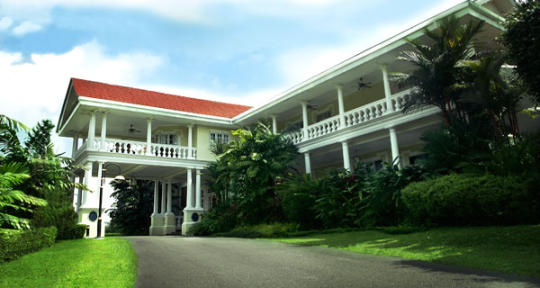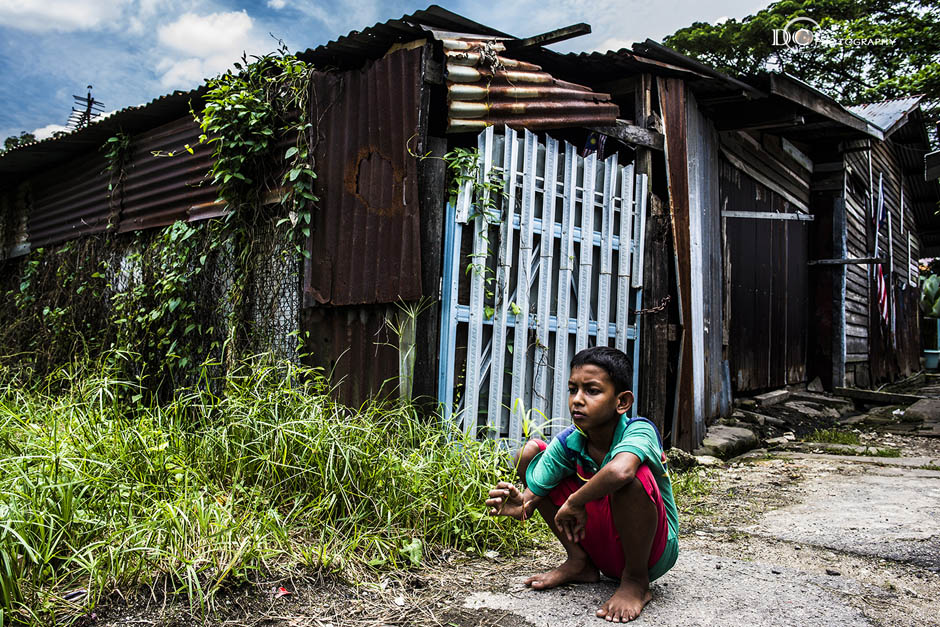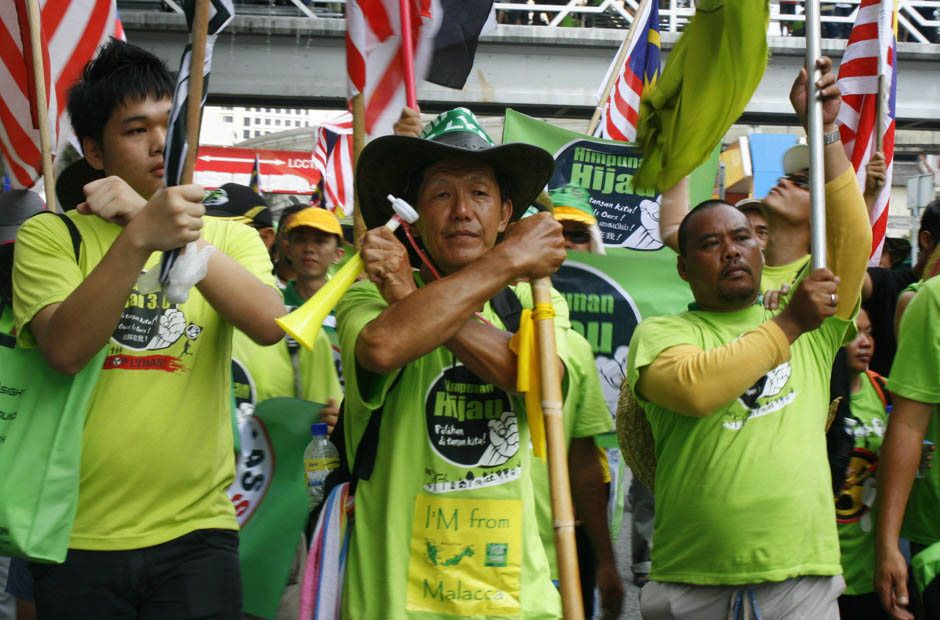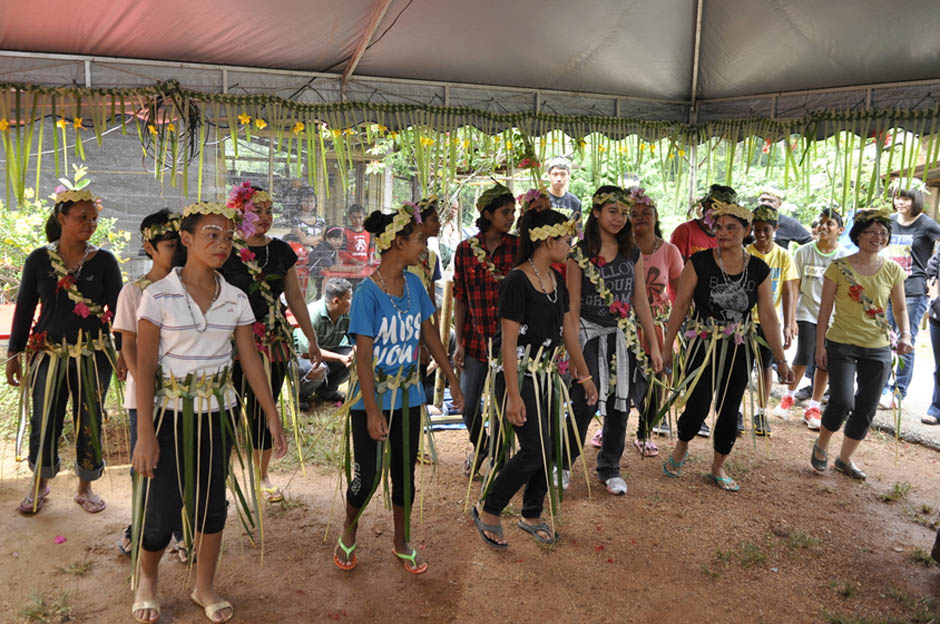| End of an era |
 |
 |
 |
| Monday, 28 December 2009 11:53 |
|
KUALA LUMPUR, Dec 28 — A window into Malaysia's colonial past shut last Saturday when the Carcosa Seri Negara mansions closed their doors for good for “redevelopment”. The two stately bungalows, widely considered to be the most beautiful colonial houses in Kuala Lumpur, were turned into a luxury boutique hotel 20 years ago, after being built in 1904 to be the home of the most senior British official in colonial Malaya. It was also routinely used as the official guesthouse for Malaysia's most important visitors, most famously Queen Elizabeth II who stayed there in 1989 and 1998 during her official visits. For the public, hotel suites ranged between RM1,100 and RM3,500. The grand abode, which sits on 16ha of prime land on a hill surrounded by well-manicured lawns near the lushly green Lake Gardens, was favoured by Malaysians who flocked there for its popular afternoon English tea and fine French cuisine. The hotel's afternoon tea was booked solid in the two months leading up to its last day, with many KL-ites taking the opportunity to catch a final glimpse of the building under its present management. The details of the redevelopment have not been announced. The 105-year-old Carcosa, which cost 25,000 Malayan dollars to build back then, has been run by hotel operator General Hotel Management since 2004, but is owned by the federal government. The hotel operator's contract with the government ends on Thursday. There are fears that the buildings will not be preserved sympathetically. The government has in the past shown scant regard for historical buildings deemed integral to the heritage and history of Malaysia. Among the more notable buildings torn down by the government were the historic Pudu jail, where prisoners of war were held during the Japanese occupation in World War II, and the beautiful Bok House, built in 1926 and marrying European and local architecture. Both were located on prime land in the city centre. The Heritage Trust of Malaysia said that it was not privy to details of the proposal to redevelop Carcosa, but added that it hoped any redevelopment would be “fully compliant with internationally accepted conservation guidelines and best practice standards”. “We hope there is a conservation management plan... which will ensure that any redevelopment of the buildings, lands and its environment will not only retain but also enhance its heritage values,” said its executive director, Elizabeth Cardosa, in a statement on the Heritage Trust's website. She urged the government to consult members of the public before making any final decisions on the redevelopment. Hotel manager Caroline Filtzinger said that the Carcosa was not likely to be torn down as it was declared a national heritage site in 2007. She said she had received hundreds of e-mail messages from the public protesting against the redevelopment plan. Some, however, had also expressed support for the proposal, as long as its colonial identity is retained. “After 20 years, the hotel is admittedly a little old and tired-looking. The government might also have some other plans for the land, especially the revenue it could generate, and the redevelopment could also help The land and property management division under the Prime Minister's Office, which handles government-owned real estate, has said that it had put out open tender notices in several dailies in October, inviting companies with experience in hotel management to upgrade and operate the Carcosa. But the future of the Carcosa remains hazy. Division secretary Hasnol Zam Zam Ahmad was quoted by The Malaysian Insider news website as denying that the government would redevelop the hotel. But memories of the destruction of other old, iconic buildings make many Malaysians nervous about what lies in store for the grand Carcosa. — The Straits Times |

 First published in The Malaysian Insider
First published in The Malaysian Insider





